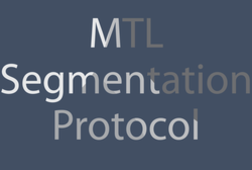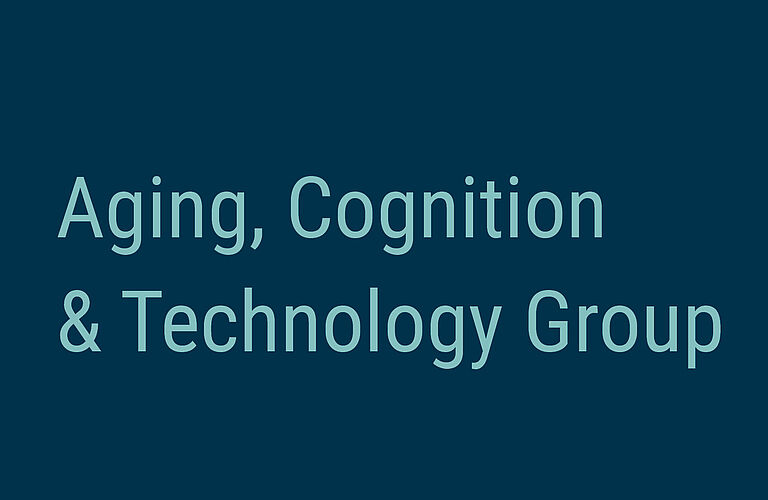Manual segmentation of MTL subregions

Recent advances in MRI and increasing knowledge on the characterization and anatomical variability of medial temporal lobe (MTL) anatomy have paved the way for more specific subdivisions of the MTL in humans. In addition, recent studies suggest that early changes in many neurodegenerative and neuropsychiatric diseases are better detected in smaller subregions of the MTL rather than with whole structure analyses. In collaboration with the Institute for Cognitive Neurology and Dementia Research, Penn Image Computing & Science Lab, and the Allen Institute for Brain Science, we have developed a new protocol using 7 Tesla MRI incorporating novel anatomical findings for the manual segmentation of entorhinal cortex, perirhinal cortex (divided into area 35 and 36), parahippocampal cortex, and hippocampus, including the subfields subiculum, CA1, CA2, CA3 and dentate gyrus. Our protocol provides detailed instructions alongside slice-by-slice segmentations to ease learning for the untrained but also more experienced raters.
The MTL segmentation protocol is published in NeuroImage: Clinical and can be accessed from: https://doi.org/10.1016/j.nicl.2017.05.022 Berron, D.*, Vieweg, P.*, Hochkeppler, A., Pluta, J.B., Ding, S.-L., Maass, A., Luther, A., Xie, L., Das, S., Wolk, D.A., Wolbers, T., Yushkevich, P.A.*, Düzel, E.*, & Wisse, L.E.M.* (2017). A protocol for manual segmentation of medial temporal lobe subregions in 7 Tesla MRI. NeuroImage: Clinical, 15C, 466–482. [link]
[* equal first and senior author contributions]

